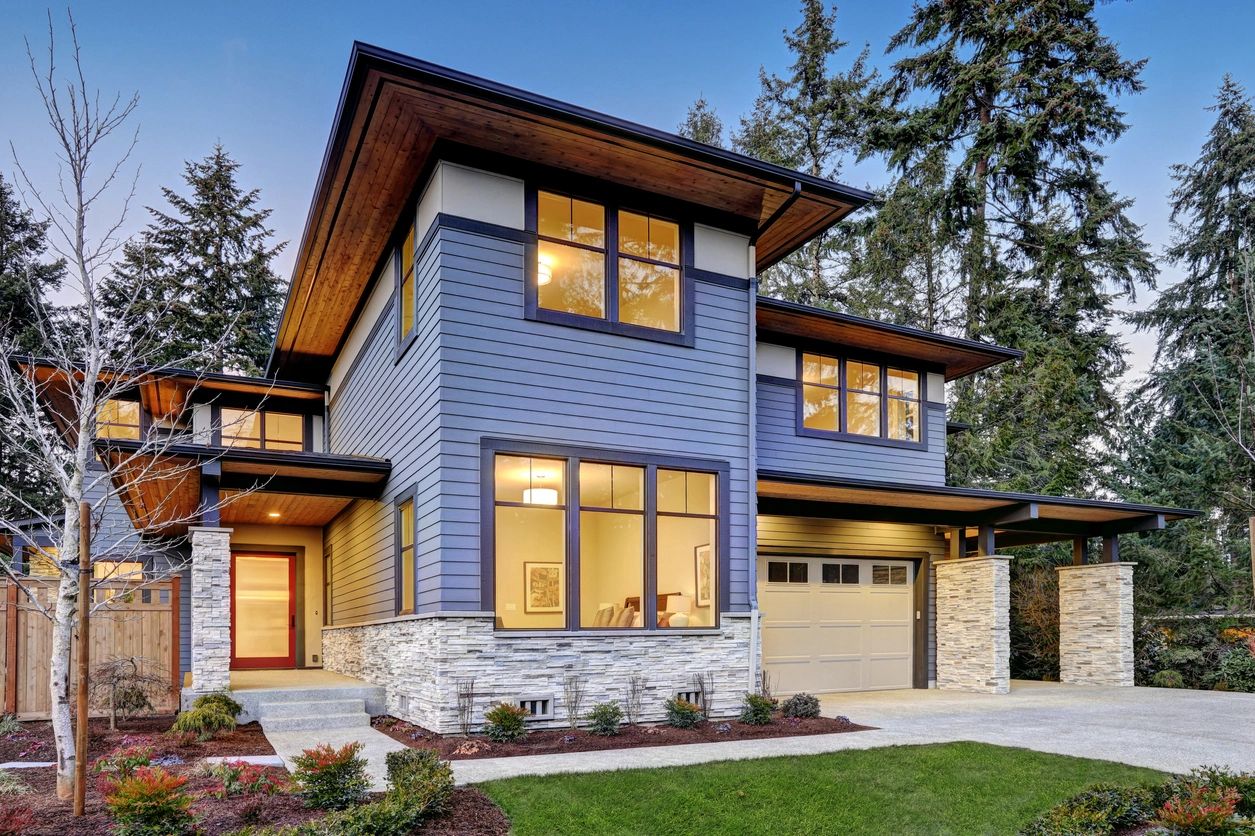Navigating the world of home financing can be daunting, especially for first-time homebuyers or those with limited savings for a down payment. Fortunately, the Federal Housing Administration (FHA) offers various programs designed to help make homeownership more accessible, including down payment assistance. This article will explore what FHA down payment assistance is, how it works, eligibility requirements, and how to find the right assistance program for you.
What is FHA Down Payment Assistance?
FHA down payment assistance programs are initiatives that provide financial help to qualified homebuyers to cover the costs associated with a down payment on an FHA-insured mortgage. These programs aim to make homeownership more achievable for individuals and families who may struggle to save the necessary funds for a down payment.
Key Features of FHA Down Payment Assistance
1.Low Down Payment Requirements: FHA loans typically require a minimum down payment of just 3.5%. However, many potential buyers find it challenging to gather even this amount.
2.Assistance Types: Down payment assistance can come in various forms, including grants, second mortgages, or forgivable loans. These options can help bridge the gap between your savings and the required down payment.
3.Increased Access: By reducing the upfront financial burden, down payment assistance programs help increase access to homeownership for low- to moderate-income individuals and families.
How FHA Down Payment Assistance Works
FHA down payment assistance is usually offered by state and local government agencies, non-profit organizations, or other housing authorities. Here’s how the process typically works:
1.Eligibility Assessment: Prospective homebuyers must first determine if they meet the eligibility criteria for the assistance program. This often includes income limits, credit score requirements, and residency guidelines.
2.Application Process: Once you identify a suitable down payment assistance program, you’ll need to complete an application. This may involve providing financial documentation, such as income statements, tax returns, and credit reports.
3.Approval and Funding: If approved, the assistance will either be applied directly to the down payment or provided as a separate loan or grant. It’s essential to understand the terms of the assistance, including any repayment requirements.
4.Home Purchase: After securing the down payment assistance, you can proceed with obtaining your FHA loan and purchasing your home.
Types of FHA Down Payment Assistance Programs
1. Grants
Down payment grants are typically provided by government agencies or non-profits and do not require repayment. These funds can be used directly towards the down payment or closing costs. Grants are an excellent option for those who need immediate assistance without the burden of additional debt.
2. Second Mortgages
Some assistance programs offer second mortgages to cover the down payment. These loans often have low or zero interest rates and may be deferred for several years, allowing buyers to focus on their primary mortgage payments.
3. Forgivable Loans
Forgivable loans are another form of assistance where the borrower does not have to repay the loan if they remain in the home for a specified period. This can be an attractive option for those looking to settle in their new home long-term.
Eligibility Requirements
Eligibility for FHA down payment assistance programs can vary significantly depending on the specific program and the organization offering it. However, common requirements often include:
1.Income Limits: Many programs target low- to moderate-income buyers. Income limits are typically set based on the area’s median income, so it’s essential to check the specific limits for your location.
2.Credit Score: While FHA loans are more flexible regarding credit scores, some down payment assistance programs may have additional credit requirements. Generally, a score of 580 or higher is preferred.
3.First-Time Homebuyer Status: Many programs are designed specifically for first-time buyers, meaning you may not have owned a home in the past three years.
4.Completion of Homebuyer Education: Some programs require participants to complete a homebuyer education course to ensure they understand the responsibilities of homeownership.
Finding FHA Down Payment Assistance Programs
1. State and Local Housing Agencies
The first step in finding down payment assistance is to check with your state or local housing authority. These agencies often have specific programs tailored to residents and can provide detailed information on eligibility and application processes.
2. Non-Profit Organizations
Many non-profits focus on promoting homeownership and may offer down payment assistance or can connect you with relevant resources.
3. Online Resources
Websites such as the U.S. Department of Housing and Urban Development (HUD) provide valuable information about available assistance programs. You can search for state-specific resources and programs that meet your needs.
4. Mortgage Lenders
Consulting with mortgage lenders who specialize in FHA loans can also help identify down payment assistance programs. They often have insights into local options and can guide you through the application process.
Advantages of FHA Down Payment Assistance
1.Easier Access to Homeownership: By reducing the financial burden of a down payment, these programs make it easier for many people to buy homes.
2.Potential for Improved Financial Stability: Homeownership can lead to long-term financial benefits, including equity building and potential appreciation in property value.
3.Flexible Options: The variety of assistance types means that buyers can choose the option that best suits their financial situation and goals.
4.Encouragement of Community Development: Many down payment assistance programs are designed to stimulate local economies and promote community development.
Challenges and Considerations
While FHA down payment assistance can be a great option, there are some challenges and considerations to keep in mind:
1.Program Limitations: Not all programs are available in every area, and some may have limited funding, so it’s essential to act quickly once you find a suitable option.
2.Potential Repayment Requirements: While grants do not require repayment, other forms of assistance, such as second mortgages, may have specific repayment terms.
3.Market Conditions: In competitive housing markets, relying on down payment assistance may limit your options, as sellers might favor buyers with larger down payments.
4.Educating Yourself: It’s vital to understand the terms and conditions of any assistance program thoroughly. Seek advice and clarification to avoid potential pitfalls.
Conclusion
FHA down payment assistance programs play a crucial role in making homeownership attainable for many individuals and families. By understanding the types of assistance available, eligibility requirements, and how to navigate the application process, you can take a significant step toward achieving your homeownership dreams. With the right resources and support, owning a home may be more achievable than you think.
If you’re considering buying a home and need help with your down payment, give us a call today and take the first step toward a brighter financial future.

